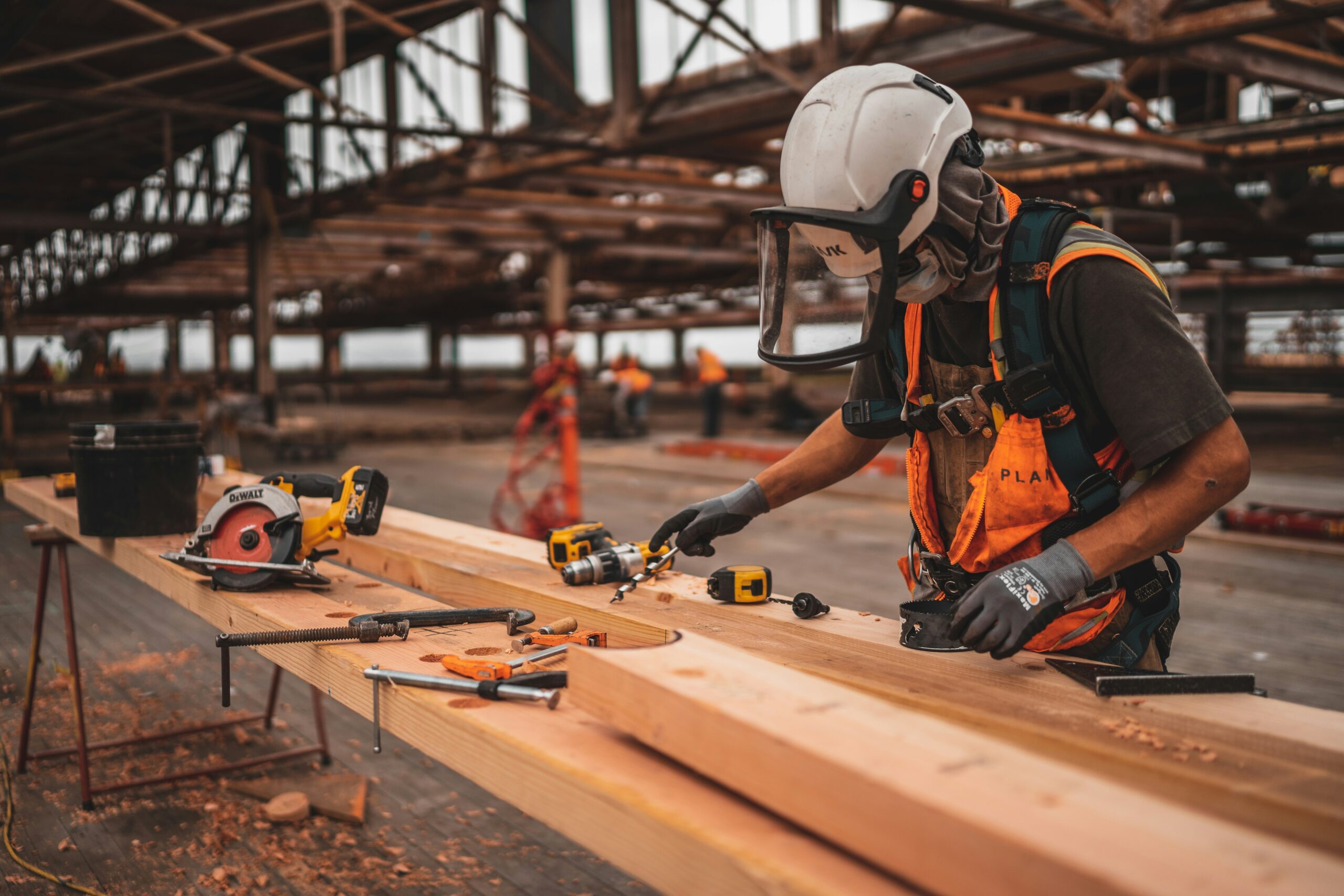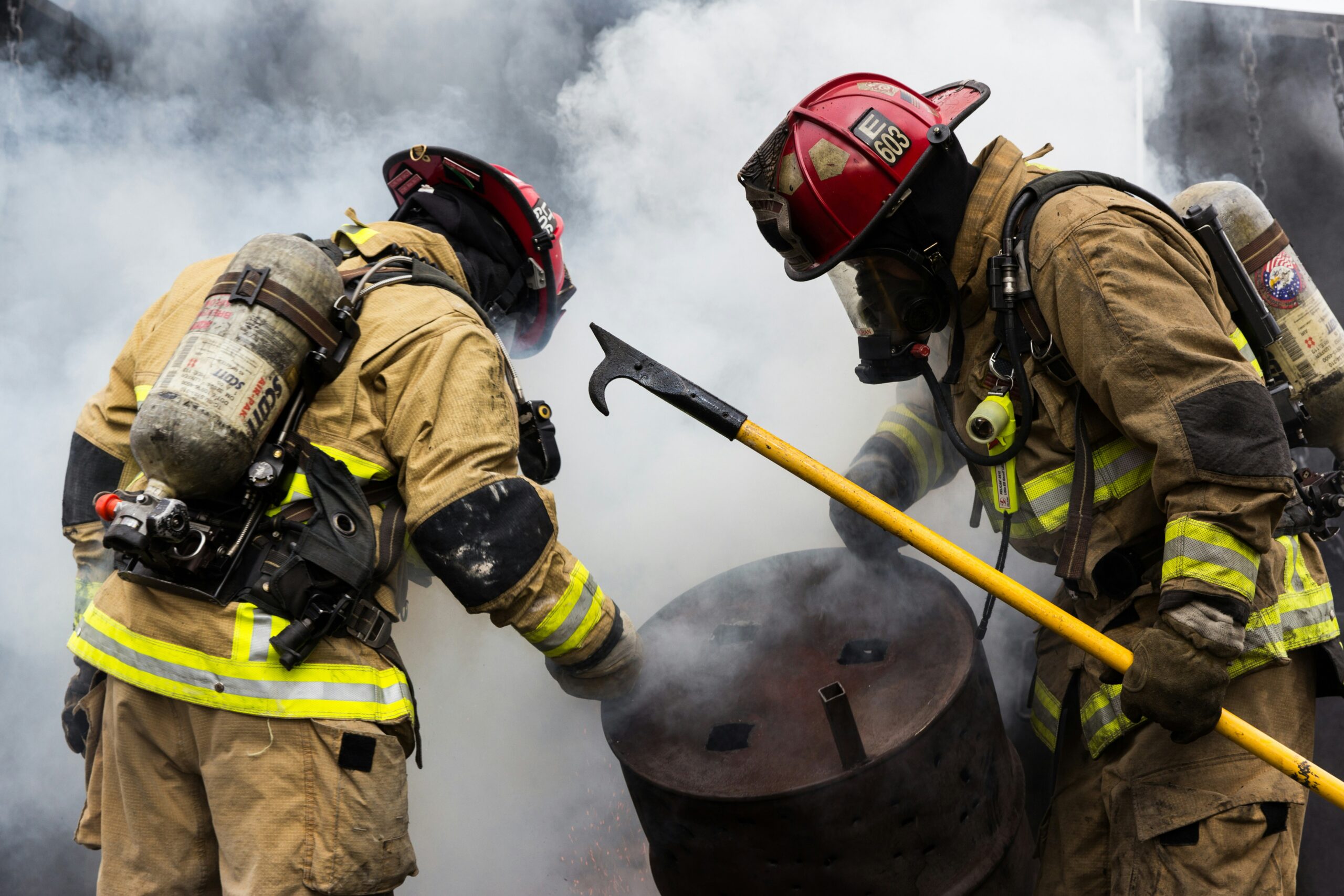Why Zippers Matter in Protective Clothing
In protective clothing, every component has life-or-death importance. While most attention goes to outer shells, thermal liners, or specialty fabrics, one small detail often determines whether a garment succeeds or fails in the field: the zipper.
A failed zipper in firefighter gear, hazmat suits, or military uniforms is not just an inconvenience — it can compromise the safety of the wearer, cause gear malfunctions, and create dangerous exposure to fire, chemicals, or environmental hazards. For OEMs and garment manufacturers, zipper reliability in safety gear directly impacts compliance, product performance, and end-user trust. That’s why high-performance zippers designed for protective clothing are non-negotiable.
What Defines a High-Performance Zipper?
Unlike commodity garment zippers, high-performance zippers are engineered closures built to withstand extreme environments, repetitive use, and harsh cleaning cycles. They are designed to deliver long-term reliability in protective clothing where failure is not an option.
High-performance zippers rely on advanced materials such as fire-resistant tapes and heat-resistant metals or polymers that remain intact in extreme heat and flames. Abrasion-resistant coatings and durable woven tapes are used in industrial workwear and tactical gear to resist damage from heavy friction, dirt, and dust. For hazmat suits and chemical protective clothing, water-resistant and weather-resistant zippers with sealed teeth provide vapor-tight or splash-resistant closures that keep out harmful liquids and gases.
Structurally, these zippers often feature larger gauges (#8, #10, #12), reinforced sliders, and corrosion-resistant finishes. Laminated or woven backing tapes ensure they can withstand repeated industrial laundering, decontamination, and bleach cycles without failing. In short, these zippers are designed not just to close garments, but to act as safety-critical barriers in the toughest conditions.

Applications Across Safety Industries
Firefighter Gear: Flame-Resistant Zippers
Bunker gear and turnout coats require firefighter zippers that comply with NFPA standards. In a flashover, commodity zippers can melt or break, but flame-retardant zippers maintain closure integrity and protect against exposure to life-threatening heat.
Military and Police Uniforms: Tactical Zippers
Military uniforms must meet MIL-SPEC requirements, demanding abrasion resistance, corrosion protection, and durability in extreme environments. Tactical gear zippers used in vests, packs, and pouches are engineered for reliability in sand, mud, freezing cold, and high-intensity operations.
Industrial Workwear: Abrasion-Resistant Zippers
In industries like oilfields, mining, and heavy construction, industrial workwear zippers face harsh conditions daily. Abrasion-resistant finishes, strong sliders, and durable tapes ensure workers’ protective clothing remains secure despite friction, grease, and chemicals.
Hazmat and Chemical Protective Suits: Sealed Zippers
Chemical response teams depend on hazmat suit zippers that are hermetically sealed. These high-performance safety gear zippers prevent toxic chemical exposure by maintaining vapor-tight barriers, proving how zipper performance directly impacts life safety.

Why High-Performance Zippers Outlast Standard Ones
Durability is essential in protective clothing. Standard garment zippers break down quickly when exposed to heat, abrasion, chemicals, or repeated washing. In contrast, high-performance zippers for safety gear are engineered to survive:
- Extreme temperatures, with fire-resistant zippers that withstand direct flame.
- Harsh environments, where abrasion-resistant zippers endure dirt, mud, and friction.
- Chemical exposure, where water-resistant zippers with protective coatings keep out liquids and corrosive agents.
- Industrial laundering, where heavy-duty uniform zippers maintain integrity through heat, bleach, and solvents.
In real-world applications, the zipper is often the difference between safe performance and catastrophic failure. Firefighters, soldiers, hazmat responders, and industrial workers all rely on closures that won’t fail under pressure.
OEM and Supply Chain Considerations
Compliance Standards in Protective Clothing Zippers
Protective clothing zippers must meet strict compliance standards across industries: NFPA for flame-resistant firefighter gear, OSHA for industrial uniforms, MIL-SPEC for U.S. military gear, and CE certifications for European PPE. Non-compliant zippers not only jeopardize user safety but can also result in contract losses, recalls, or liability claims for OEMs.
Why U.S.-Owned Manufacturing Matters
Supply chain reliability is as important as product quality. By sourcing from a U.S.-owned zipper manufacturer like LenZip, OEMs gain confidence in faster turnaround times, consistent compliance, and batch traceability. Offshore suppliers may offer lower costs, but they often struggle with reliability, delays, and inconsistent quality standards.
Why Zipper Reliability Equals Safety
The best protective garments are only as strong as their weakest link. In many cases, that weak link is the zipper. A failed zipper exposes firefighters to flames, hazmat workers to chemicals, and soldiers to operational risks. That’s why zipper reliability in safety gear is not just about convenience — it’s about survival, compliance, and liability protection.
Conclusion: LenZip as Your Protective Clothing Zipper Partner
Since 1946, LenZip has specialized in high-performance zippers for protective clothing and safety gear. Our product line includes: fire-resistant zippers for firefighter bunker gear, abrasion-resistant zippers for industrial workwear, tactical gear zippers for military and police uniforms, and sealed zippers for hazmat and chemical protective suits.
As a U.S.-owned manufacturer, LenZip provides OEMs and fabricators with closures that combine strength, compliance, and supply chain dependability. When safety matters most, trust LenZip’s engineered zipper solutions to perform in extreme environments.
See technical specs and applications for Custom Right-Hand Open-End Zippers.
FAQ
Q1. Are zippers in firefighter gear fireproof?
Firefighter gear uses fire-resistant zippers with flame-retardant tapes and heat-resistant metals or polymers. These closures meet NFPA standards and maintain integrity in extreme heat.
Q2. What kind of zippers are used in hazmat suits?
Hazmat suits use sealed, water-resistant zippers designed to be vapor-tight or splash-resistant, keeping hazardous chemicals from penetrating protective clothing.
Q3. Why do uniform zippers fail in industrial workwear?
Standard zippers fail under abrasion, grease, bleach, and frequent laundering. Industrial workwear zippers are reinforced with coatings and heavy-duty tapes to withstand these conditions.
Q4. Do military uniforms require special zippers?
Yes. Military uniform zippers must meet MIL-SPEC standards, offering corrosion resistance, low-reflectivity finishes, and performance in mud, sand, and freezing temperatures.
Q5. Why choose a U.S.-owned zipper manufacturer for protective clothing?
A U.S.-owned zipper supplier like LenZip ensures consistent quality, faster lead times, and certified compliance — reducing risks of recalls or failures in protective clothing.
